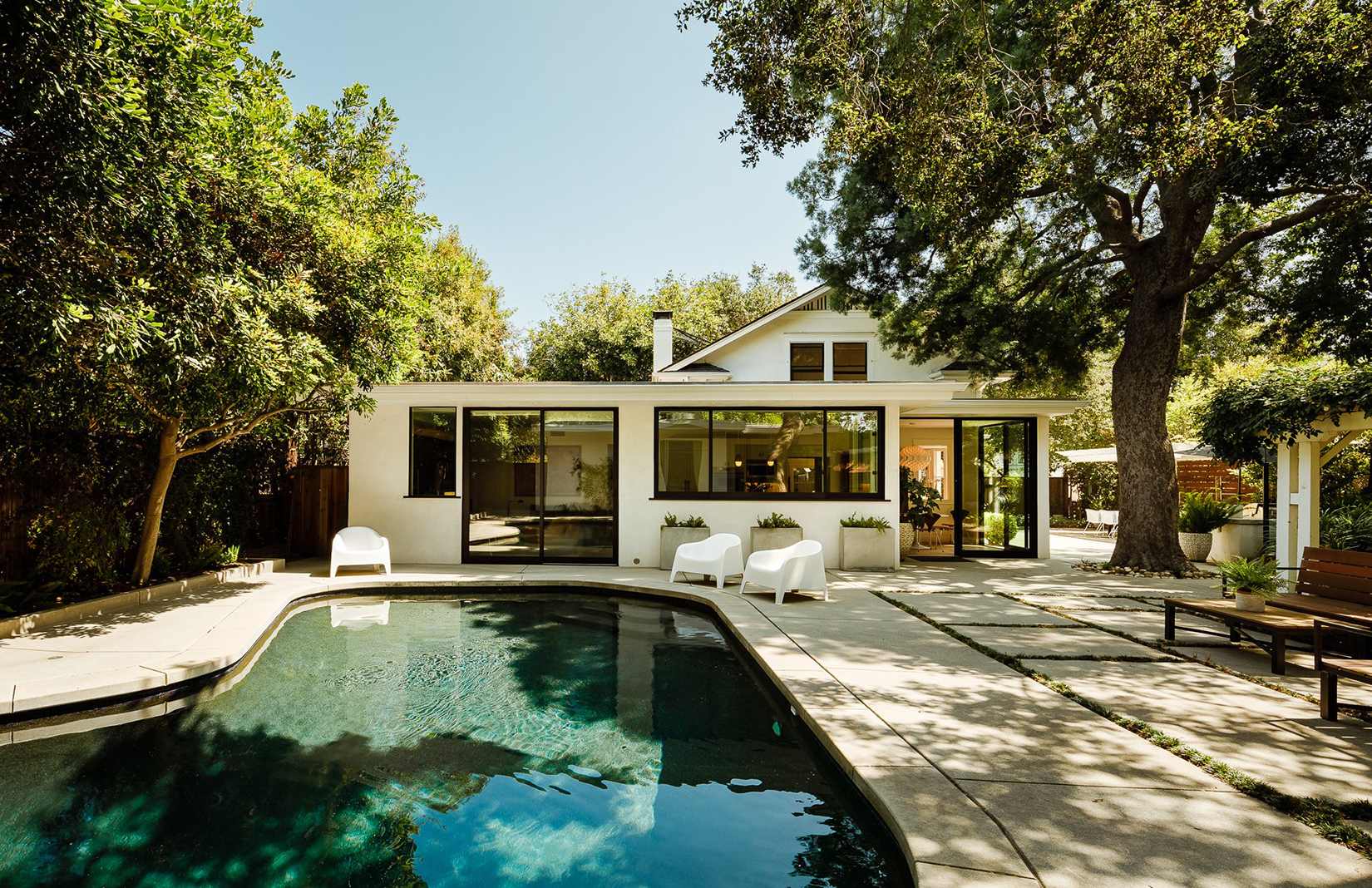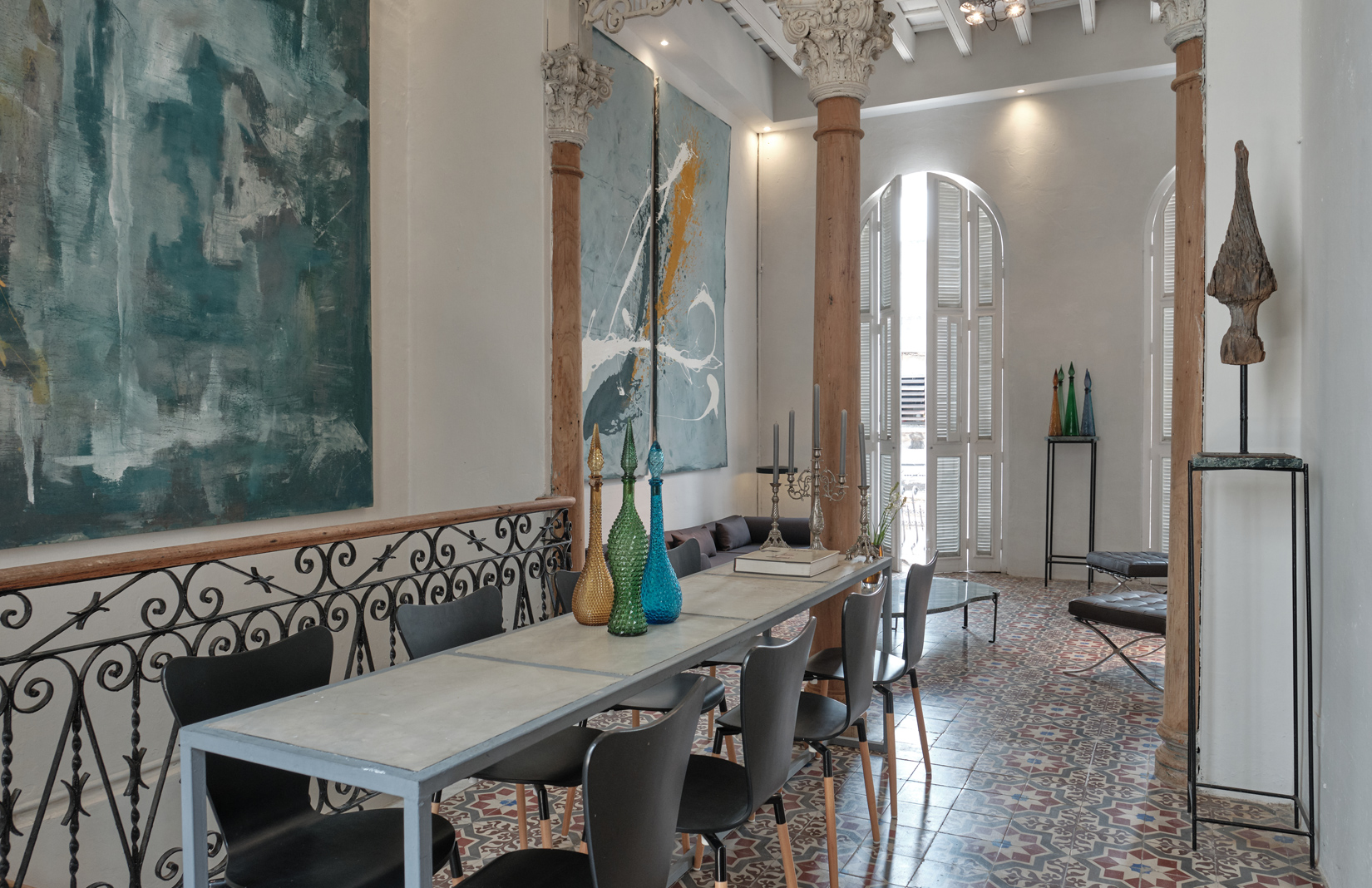To mark the 20th anniversary of his death, a new exhibition at London’s Design Museum offers a comprehensive look at the genre-defining career of Stanley Kubrick, revealing the innovative techniques and extraordinary attention to detail that went into establishing his cinematic worlds. Here we pick out some of the most striking set designs from the director’s back catalogue.
Lolita (1962)

Having been undermined on the set of 1960’s Spartacus by meddling studio execs, Kubrick swore he would never start work on another project unless he was guaranteed full creative control. It’s no surprise, then, that after relocating to London in the early 1960s the director decided to shoot all of his remaining films in the UK.
In adapting Vladimir Nabokov’s controversial novel Lolita, about a middle-aged literature professor who becomes infatuated with an underage girl, Kubrick inverted his own narrative by making protagonist Humbert Humbert (played by James Mason) a British expat living in the US. Most of the film’s midcentury-styled interiors were filmed at Elstree Studios near London.
Dr Strangelove or: How I Learned to Stop Worrying and Love the Bomb (1964)

Two years after Lolita, Kubrick returned to the theme of war for his pitch-black satire Dr Strangelove. He enlisted the services of Ken Adam having been impressed by the production designer’s work on 1960s film, Dr No.

Once described by Steven Spielberg as the greatest movie set ever built, Adam’s take on the Pentagon War Room is part military bunker, part Hollywood musical soundstage; the cavernous, high-contrast centrepiece of an absurdist comedy about an impending nuclear conflict that’s played laser-straight. The set was constructed in Shepperton Studios in Surrey and was inspired by Fritz Lang’s 1927 German Expressionist masterpiece Metropolis.
2001: A Space Odyssey (1968)

Ever the perfectionist, Kubrick employed real-life spacecraft experts Frederick Ordway and Harry Lange, who had previously worked at NASA, to make his futuristic 1968 sci-fi a reality. The film’s groundbreaking centrifuge set – the main interior of the spaceship Discovery – was built on a vast rotating platform and designed by British aircraft manufacturer Vickers-Armstrongs at a cost of $750,000.
Once the logistics of building a free-spinning 30-tonne wheel had been worked out, Kubrick tasked production designer Anthony Masters and art director Ernest Archer with making the set look as authentic and spectacular as possible.
A Clockwork Orange (1971)

In addition to incorporating Richard Sheppard and John Stillman’s brutalist Lecture Centre at Brunel University and Antony Cloughley and Colin Golding’s Chelsea Drugstore into his warped vision of a near-future London, Kubrick made use of another marvel of contemporary British design: Skybreak House in Radlett, Hertfordshire.

Designed by Team 4, the highly influential architectural firm established in 1963 by Su Brumwell, Wendy Cheesman, Norman Foster, Richard Rogers and Georgie Wolton, the house provides the setting for one of the film’s most notorious scenes, when Alex and his Droog gang attack a writer and his wife. Elsewhere Kubrick and production designer John Barry furnish the interiors with Pop Art-styled furniture and sculptures, such as Herman Makkink’s phallic ‘Rocking Machine’.
Barry Lyndon (1975)

Kubrick’s arch period epic, which famously utilised natural light for the day interiors and candlelight for the night scenes, was filmed across several locations, with the production starting out in Ireland before moving to England, Scotland and Germany. Among the various stately homes which play a starring role in the film is Powerscourt House in County Wicklow, Huntington Castle in County Carlow, Castle Howard in North Yorkshire, Blenheim Palace in Oxfordshire, Corsham Court in Wiltshire and Petworth House in West Sussex. The ballroom scenes in Powerscourt House were filmed just months before the building’s opulent interiors were destroyed by fire.
The Shining (1980)

The setting of the 1980s The Shining is one of the most distinctive characters in all of Kubrick’s filmography. Though the Timberline Lodge in rural Oregon was used for the exterior shots of the fictional Overlook Hotel, the interiors were constructed at Elstree Studios, giving him more artistic control over the space.
Production designer Roy Walker gave the Overlook a mundane yet off-kilter aesthetic, contrasting narrow corridors and claustrophobic spaces with high ceilings and exaggerated fixtures to deliberately perplex the viewer. Aside from the iconic geometric carpet, perhaps the most evocative piece of set design in the film is the harshly-lit red-and-white bathroom, which reflects the violent, fractured psyche of Jack Nicholson’s protagonist.
Eyes Wide Shut (1999)

Despite being set in New York City, Kubrick’s hypnotic, erotically-charged swansong was filmed entirely in the UK, with Greenwich Village painstakingly reconstructed at Pinewood Studios or else shot on location in Central London and the East End. The film’s most alluring setting is the Luton Hoo Estate in Bedfordshire, which serves as the mansion where Tom Cruise’s Dr William Harford attends a lavish Christmas party with his wife Alice (Nicole Kidman) at the request of Sydney Pollack’s mysterious Victor Ziegler. The party scene features some 200 extras and remains one of the most captivating sequences Kubrick ever filmed, filled with cryptic clues and symbols that hint at the film’s dark underlying themes.
Stanley Kubrick: The Exhibition runs at the Design Museum until 15 September
Read next: Inside the beguiling sets of Call Me by Your Name























